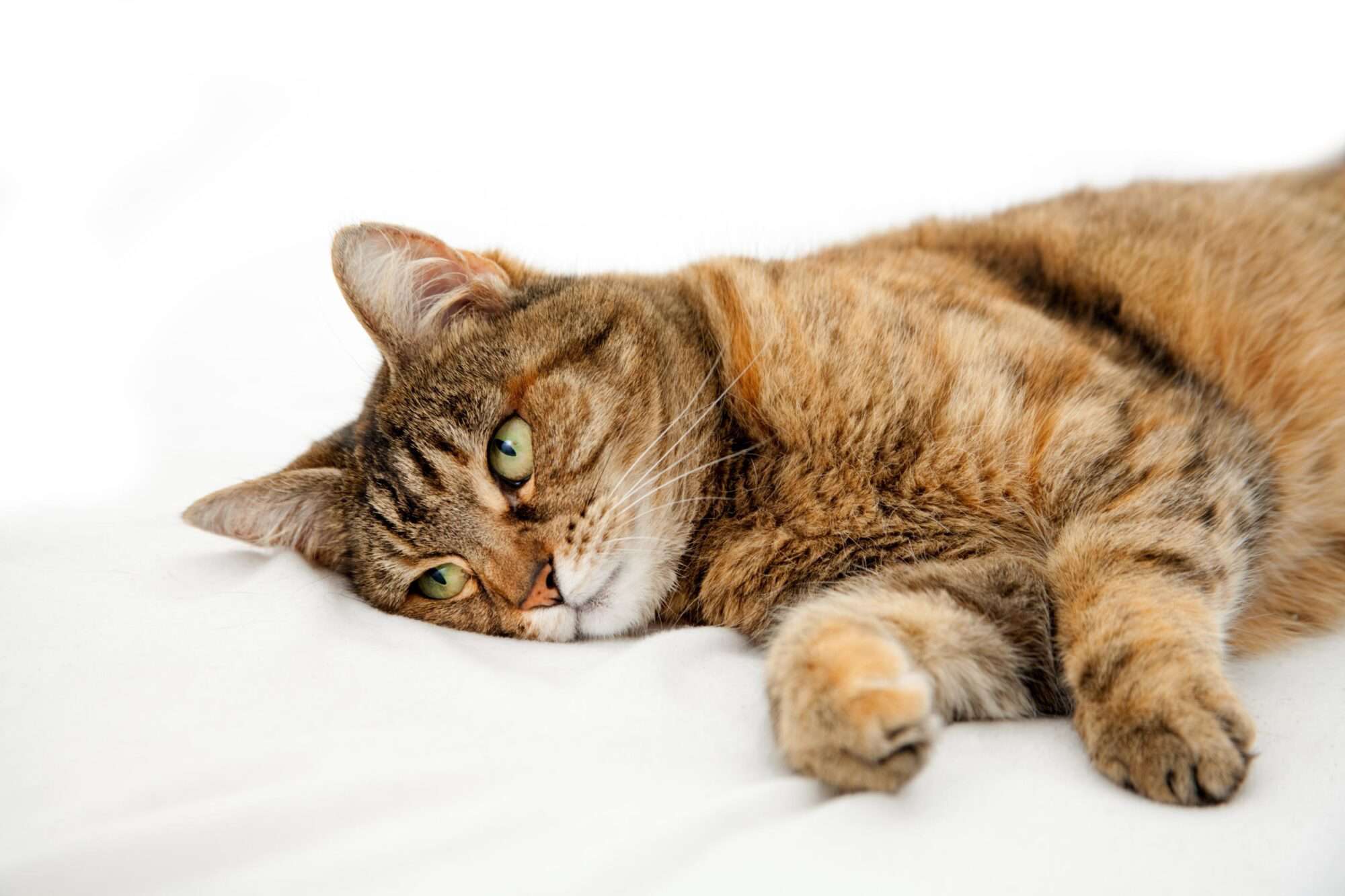From Tabby to Tortoiseshell: Understanding Cat Coat Patterns

Cat coat patterns and colors can get pretty wild. At Beverly Hills Veterinary Associates, we love our feline friends no matter what color they are! Cat color genetics are absolutely fascinating, so we thought we would share more about the topic with our fellow feline fanatics.
Cat Coat Genetics
Cat color genetics are not as straightforward as you might expect. There are actually about five main genes that go into making your kitty pretty. Cats carry two copies of each gene, one from each parent.
These genes and the combinations possible account for cat coat patterns. The genes that we understand best include:
- Primary coat color gene (B/b/b1) — This is the foundation of your cat’s main pigment. A dominant B codes for black, the recessive b for chocolate, and b1 for cinnamon. The intensity of the color and patterns are determined by other genes.
- Red gene (O/o) — This gene is found on the X chromosome, and allows for red variations in the coat. A dominant O will result in red, orange, or cream color, whereas the recessive o results in no red coloration. Because female cats have two X chromosomes, this means that they can have two dominant colors such as that seen in a calico colorway. This is why almost all calico and tortoiseshell cats are female.
- Dense/dilute gene (D/d) — This gene is responsible for the intensity of the color. Those cats who have two recessive genes (d/d) will have a more dilute version of their coat color (gray vs black, lilac vs brown, fawn vs cinnamon, cream vs orange).
- Tyrosinase gene (C/c/c1) — Tyrosinase enzyme is produced in carriers that have a dominant gene, which allows for full coat pigmentation. Those who carry two recessive copies will be albino.
- KIT gene — This is the gene responsible for those cute white spots on your cat. The recessive combination of this gene (w/w) will have no white while other combinations may be mostly white, have white spots, or white gloves.
Not complicated at all, right?
So, What Color is My Cat Then?
Beyond cat color genetics, there are also pattern types. We can see:
- Bicolor/tuxedo (one color with white parts)
- Tabby (striped pattern often with an M on the forehead, agouti hairs that have pigmented bands along the length of the hair); tabbies can be classic, mackerel, ticked, or spotted. Most domestic cats are tabbies, even if they are solid color (ever see a black cat’s stripes in the sunshine?)
- Tricolor (tortoiseshell or calico, almost always female due to sex-linked nature of the red gene)
- Colorpoint (darker pigmentation on face, ears, feet, and tail like a Siamese)
- Silver (only tips of hair colored)
- White
- Smoke (bottom part of each hair only white)
When you describe what color your cat is, typically you would discuss the actual color and add the pattern to better detail. For instance, you might have a black and white tuxedo, an orange tabby, or a lilac colorpoint.
Another interesting fact: if you have a white cat, your cat is actually another color and that tyrosine kinase gene is covering it up!
When it comes down to it, we don’t care what color your cat is, we just want to be sure that they are happy and healthy. Call us today so that we can help assess what wellness care your pet may be due to receive.
